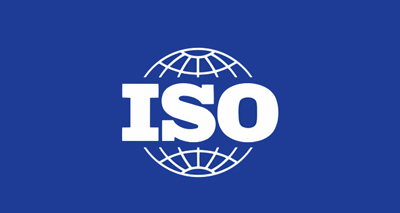Life Cycle Analysis Services
| 1. Life Cycle Assessment – Product/Service Environmental (PEF) Life Cycle Assessment (LCA) is a holistic method evaluating the environmental impact of a product’s entire life cycle, from raw materials to disposal. It includes three common approaches: Cradle-to-Gate, Cradle-to-Grave, and Cradle-to-Cradle. LCA follows ISO 14044:2006 standards, starting with goal and scope definition and progressing to inventory analysis. It considers various impact categories such as global warming potential and resource depletion. LCA uncovers environmental “hotspots,” enabling companies to optimise supply chains, materials, and processes for reduced impact. This informed decision-making enhances sustainability, competitiveness, and compliance with global standards. Key Benefits of this assessment:
2. Life Cycle Assessment – Organisational Environmental Footprint (OEF) The Organisational Environmental Footprint (OEF) method assesses an organisation’s environmental impact, much like Life Cycle Assessment (LCA) does for products. It aligns with Product Environmental Footprint (PEF) methodology and includes sector-specific guidance, simplifying assessments. Key components include defining the organisation and portfolio, sector-specific guidelines, and distinguishing between organisational and OEF boundaries. OEF analysis empowers organisations to identify environmental pressures, collaborate with value chain partners, and reduce their footprint while complying with regulations. Embracing OEF can enhance environmental performance in line with the European Commission’s initiatives. Key benefits of this service for your organisation:
|
If you would with like learn more about how carbon footprinting might work for you, speak with an GHG expert HERE

Testimonials
Client Testimonials About Us
“The class participation was excellent and we all learned from each other’’
“A clear and enjoyable introduction to the processes and actions required to establish a robust corporate carbon footprint..”.
“A must have understanding on GHG inventory management remarkably delivered by Carbon Action professionals”
“Great course and excellent value! Rigorous and thorough – would not hesitate recommending it to colleagues”





